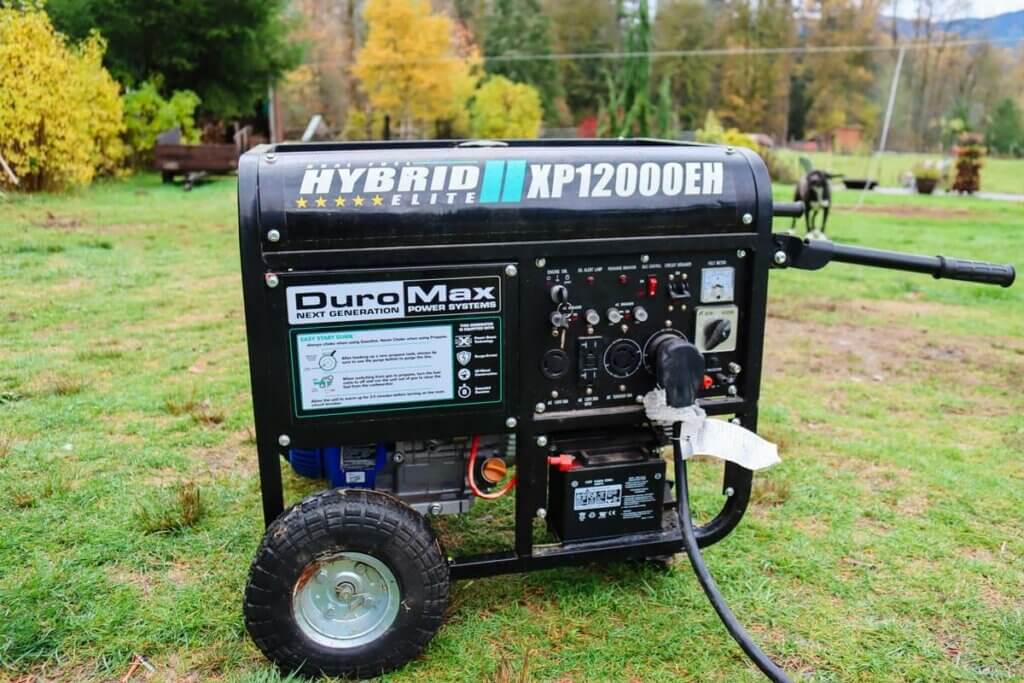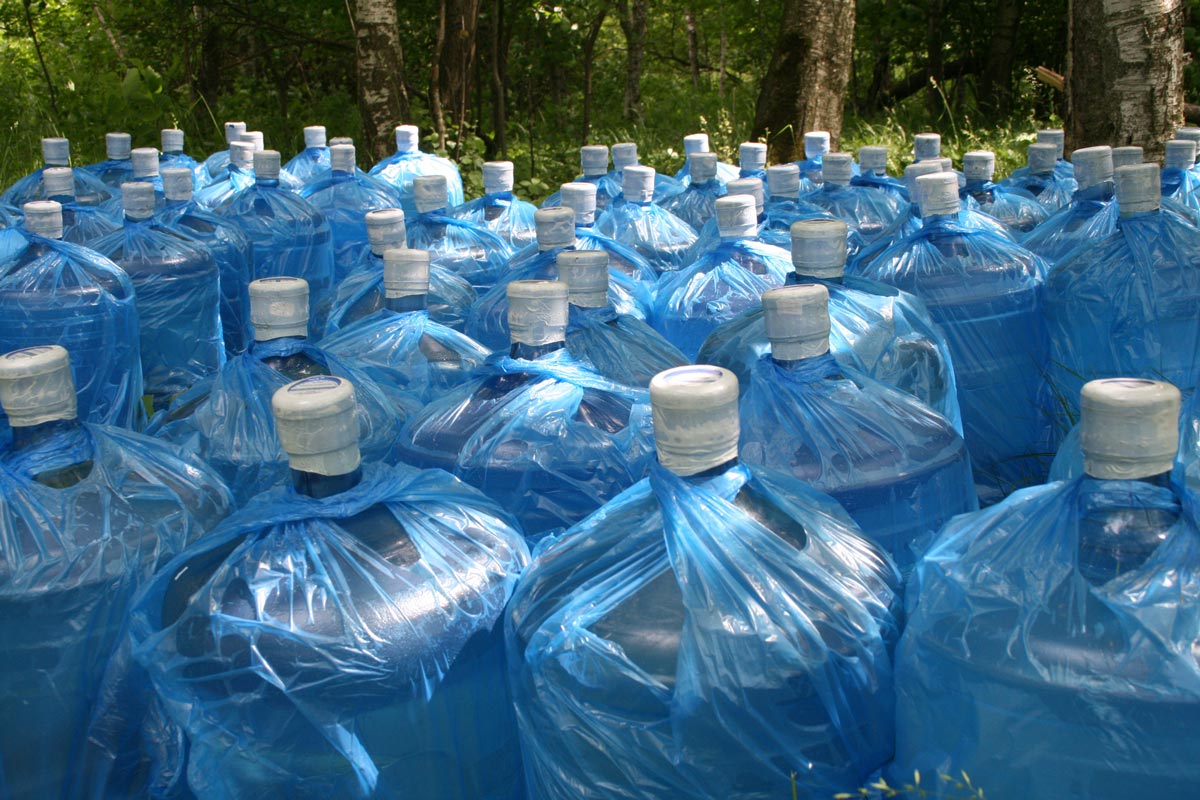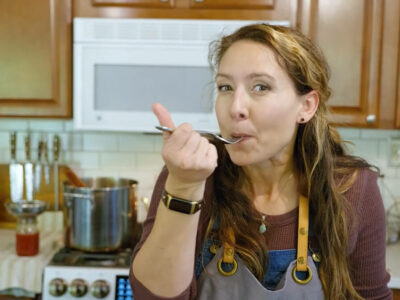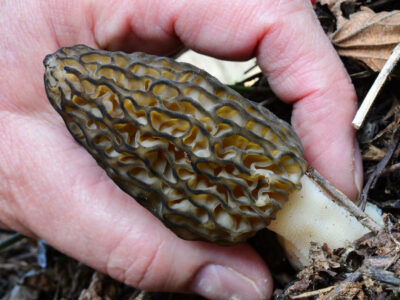If you've ever been without running water for any length of time, you know there's nothing better than a glorious, hot shower when the water has been restored.
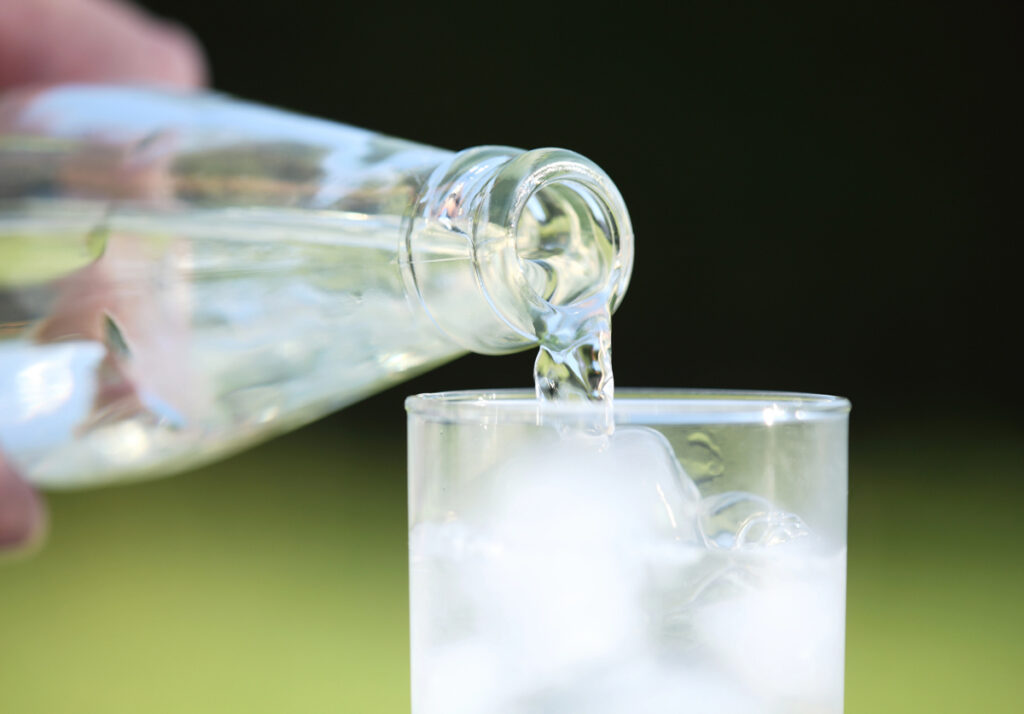
In the heat of summer, when you're working in the garden with a parched throat, a cold glass of pure water is like beautiful rain at the end of a three-month drought.
This easy DIY system will show you how to purify and safely treat water at home. Make your water clean so you can drink it in an emergency! Read more here!
Listen below to the full podcast, Episode #62 – 4 Ways to Store & Purify Water at Home, of the Pioneering Today Podcast, where we don’t just inspire you but give you the clear steps to create the homegrown garden, pantry kitchen and life you want for your family and homestead.
Why You Should Learn How to Purify Water At Home
Staying prepared on the homestead with self-sufficient tips for the long haul has taught me not to take things in life for granted, like water. When we turn on the faucet, we assume water will come out and that the shelves are stocked with bottled water when we go to the store.
Water is a precious commodity and one that needs to be taken seriously in our preparedness plan. On our homestead, we have our own well; when the power goes out, so does my well. That's why my family has been looking into a hand-water well pump as a backup water solution for our generator. It is like off- grid living when natural catastrophes hit.
We all know the power goes out when we're not expecting it; if a big storm is in the forecast, you may have a short time to prepare before it hits. How to be prepared for a power outage, and ways to cook off grid without power to keep the fire burning and water purified is vital.
Living in the Pacific Northwest, we assume rain will fall from the sky fairly regularly, but we went through a three-month drought one year and learned that's not always the case. In times like these, the local stores run out of water fairly quickly.
We’ve had mudslides that caused a two-week power outage and prevented us from getting anywhere for supplies. We knew to keep water in our vehicle as part of the essentials needed in your car when we could travel again.
I don't want to be caught out and about when bad weather is moving in. Preparedness brings peace, not panic in such cases, and learning how to purify water at home is an important and easy skill to learn.
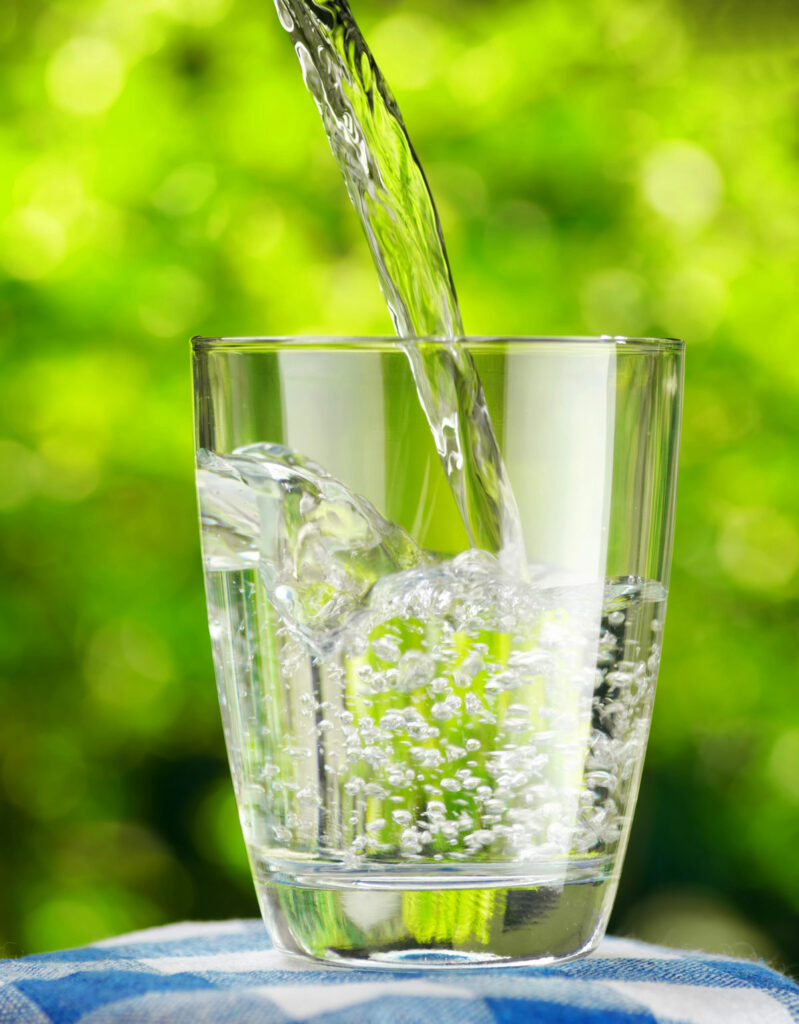
How Much Water Is Needed Per Person
We can go without food longer than we can go without water. Our bodies are made up of 45-75% water, so without it, we’re as good as dead. Having enough water for each person in your household is a valuable commodity that you can prepare for ahead of an emergency.
According to common recommendations, you need at least one gallon of water just for drinking per day for each person in your household. However, you'll need more for personal hygiene and cooking.
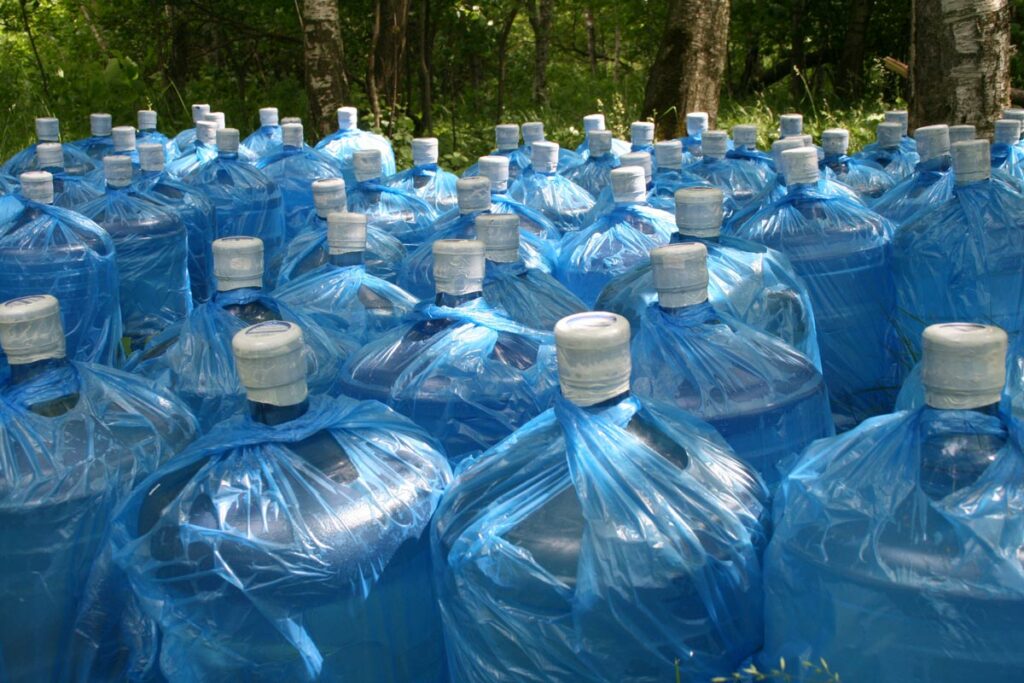
How to Build Up Your Water Supply
These two ideas are the quickest way to build up an emergency water supply in the shortest amount of time. Purifying water at home is also good to learn if you run out of purchased water.
Purchase 5-gallon jugs of purified water for your family to drink for two weeks, remembering the one gallon of drinking water per person's suggestion. Knowing it's safe to drink, the initial cost is well worth the investment.
Fill as many empty containers with tap water around your house that can be used for hygiene, pets, toilet flushing, and cleaning purposes.
Doing these two things ahead of time will give you peace of mind in case of an emergency. No need to panic when you are prepared. Having quantities of water from a couple of water sources will bring well-being and security to your family.
Purchasing Water
Keeping some purchased bottled water on hand for emergencies is always a good idea. We live in the Pacific Northwest, and in the winter, outside storage areas could cause our water to freeze. I invest in ways to replenish my stock or needs along with purchasing water to store.
We don't have a garage, and my food pantry is already pretty full with our food storage. Plus, like any item you store, you must practice rotation so your stock doesn't go bad. So I do recommend storing some water, but I don't store a huge stockpile simply because of space.
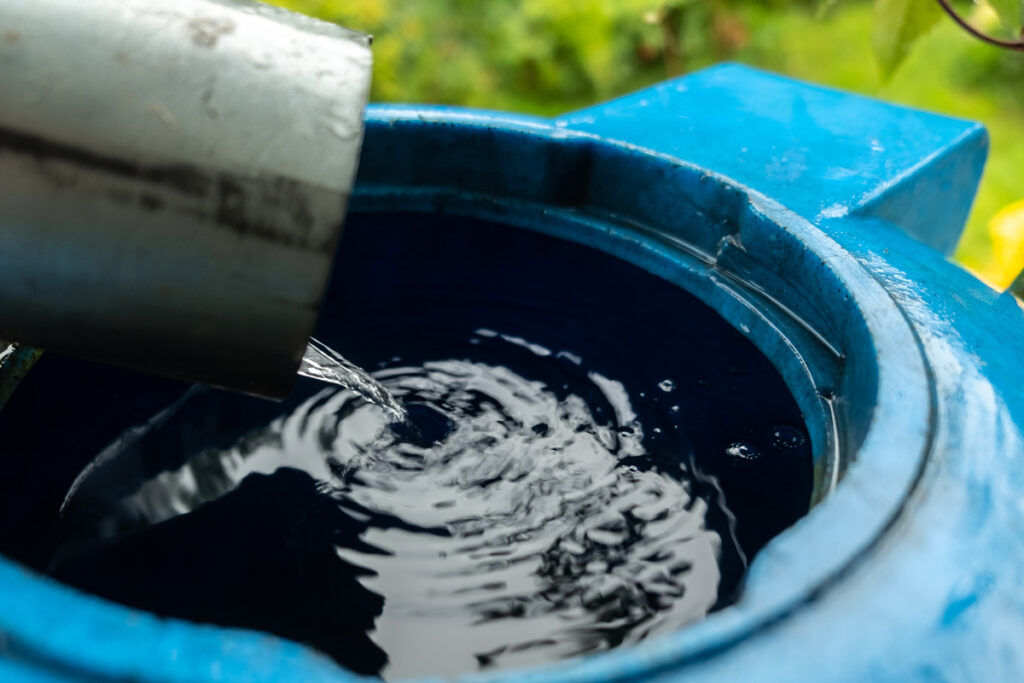
Natural Collection Resources
When a natural water source is nearby, tap into it using safe water storage practices. We have a river less than a mile from our house, and we can get water and purify it at home.
During winter, we usually have some snowfall. In fact, our longest stretch without power was almost 2 weeks, when we had a few feet of snow on the ground. We melted snow and used it to flush toilets and clean.
You can create rain barrels to collect the rain if you live in an area with decent rainfall. Once again, use safe practices to purify it before drinking. Pro-Tip: Coffee filters work well to strain the water if it’s cloudy before the purification process.
I live in the Pacific Northwest in Washington state, changes to the law recently now made this legal. Check your area and State regulations for any restrictions.
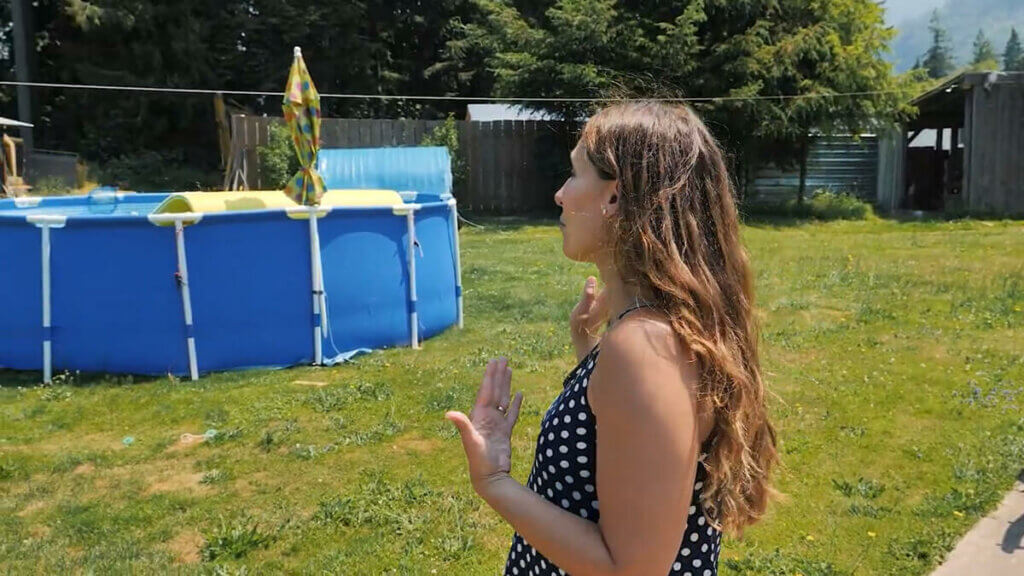
Pools & Hot Tubs
If you have a pool or hot tub, you've got gallons of water at your disposal. In our state, it's not considered safe for drinking, but it can be purified for consumption, and of course, you could use it for cleaning and hygiene purposes. We will take a look at how to purify your water next.
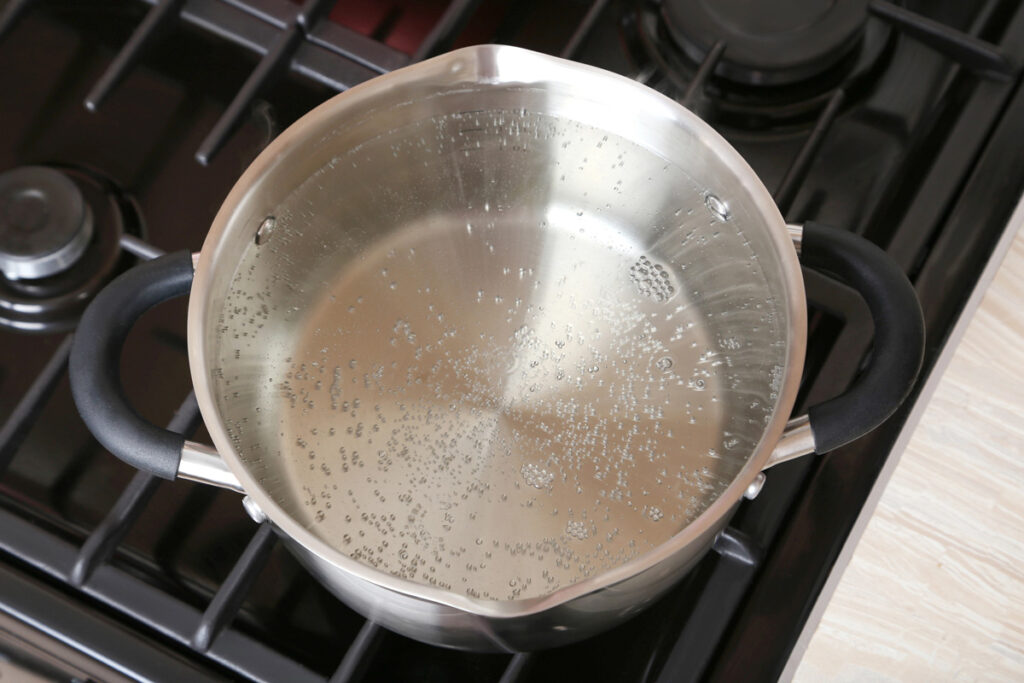
Ways to Purify Water at Home
- Boil or Pasteurize – Bringing water to a rolling boil for one minute ( three minutes if above 5,000 ft. elevation) and removing bacteria that are harmful is a start. This doesn’t remove contaminants or chemicals from the water. So, taking another precaution with boiling water ensures safety for consumption.
- Disinfect – Purification measures are completed after boiling water by adding water purification tablets, chlorine tablets or liquid bleach. You need to use a liquid chlorine bleach without additives; is not scented or color-safe. Look on the label to see if it contains 8.25% sodium hypochlorite.
- Guidelines – Most States have a chart with specific instructions for water treatment measures. I used this guide from Washington State Emergency Guidelines, and you can use one for your State or use the cdc.gov – making water safe in an emergency site if your State doesn’t have one. Pro-Tip: One thing to remember with the bleach method is that once opened, your bottle of bleach at home will expire or begin to lose its potency. When using the bleach method, you have to let it sit for at least 30 minutes to a few hours after treating it before drinking it.
- Filtration – This method uses a filter system to filter water. Filtration systems need the filters replaced according to the manufacturer's recommendations. We use Lifestraw Personal Water System for emergency kits at home or in our car.
- Distillation – An efficient and long-term water purification method is distilling. Distilling removes chemicals, impurities, bacteria, and pollution from your water. This method makes pool, hot tub, and ocean water safe for drinking. Pro-Tip: Distillation is a lengthy process, but I know my pioneering friends are up for the challenge. Learn how to distill water in the Instant Pot with this step-by-step tutorial from Mother Earth News Magazine.
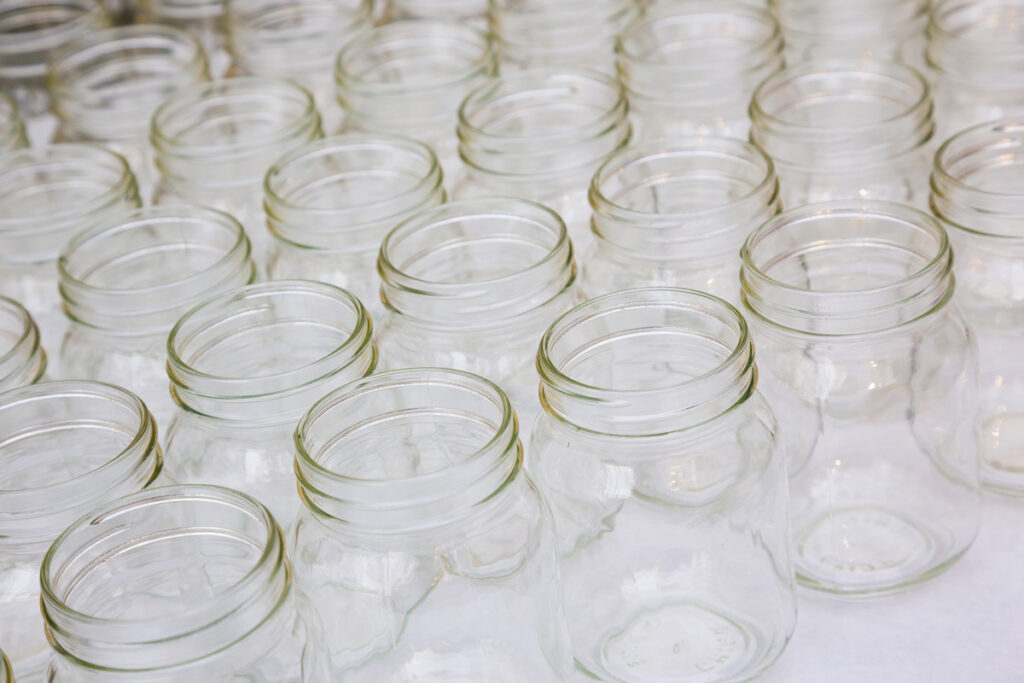
How to Store Water
- Containers – Only choose containers that are food-grade and safe to store water that will be used for human or animal consumption. Remember, thicker-walled polyethylene containers are less permeable than thin-walled containers.
- Storage – Storing water in a cool, dark place is best. Don’t leave your water containers near other cleaning supplies, chemicals or fertilizers. The odors and vapors from these toxic sources can be absorbed and infiltrate the water.
- Filling – When storing water in plastic containers, ensure you fill it to the brim so there is no air space.
- Cleaning – Make sure you empty the water stored in your containers and refill it with fresh water every six months. It’s a good system to use, along with the rotation of water bottles that you have purchased from the store.
- Canning – I am a big fan of all things canning. Empty mason jars that are sitting empty can be filled with water and canned. Follow the national center for home food preservation site for safety measures when canning water.
Resources
- 7 Reasons to Cook with Solar Power in a Sun Oven
- Washington State Department of Health Emergency Publications for Water Systems
- The Prepper's Water Survival Guide: Harvest, Treat, and Store Your Most Vital Resource.
- Verse of the Week: John 7:37-38
